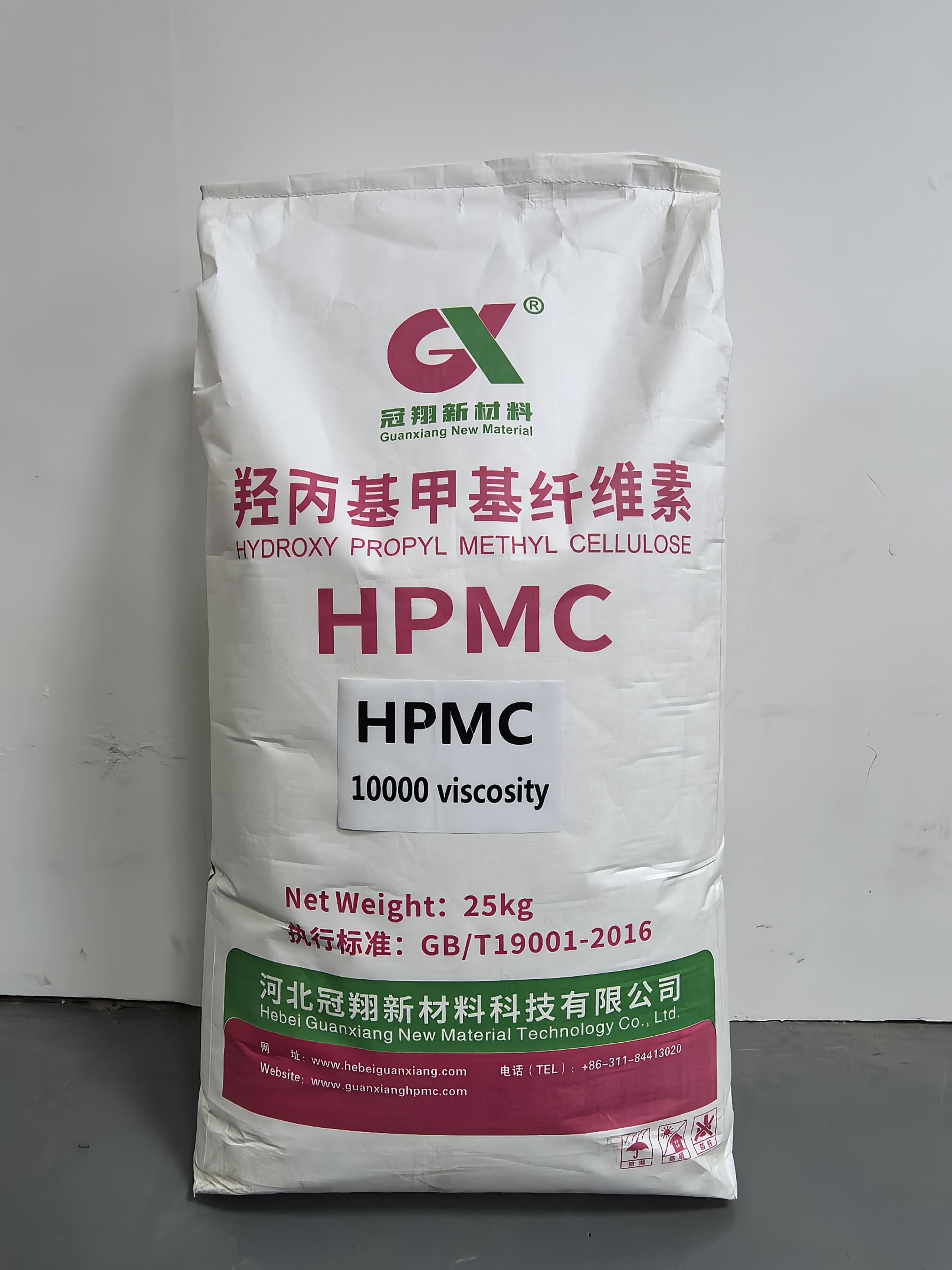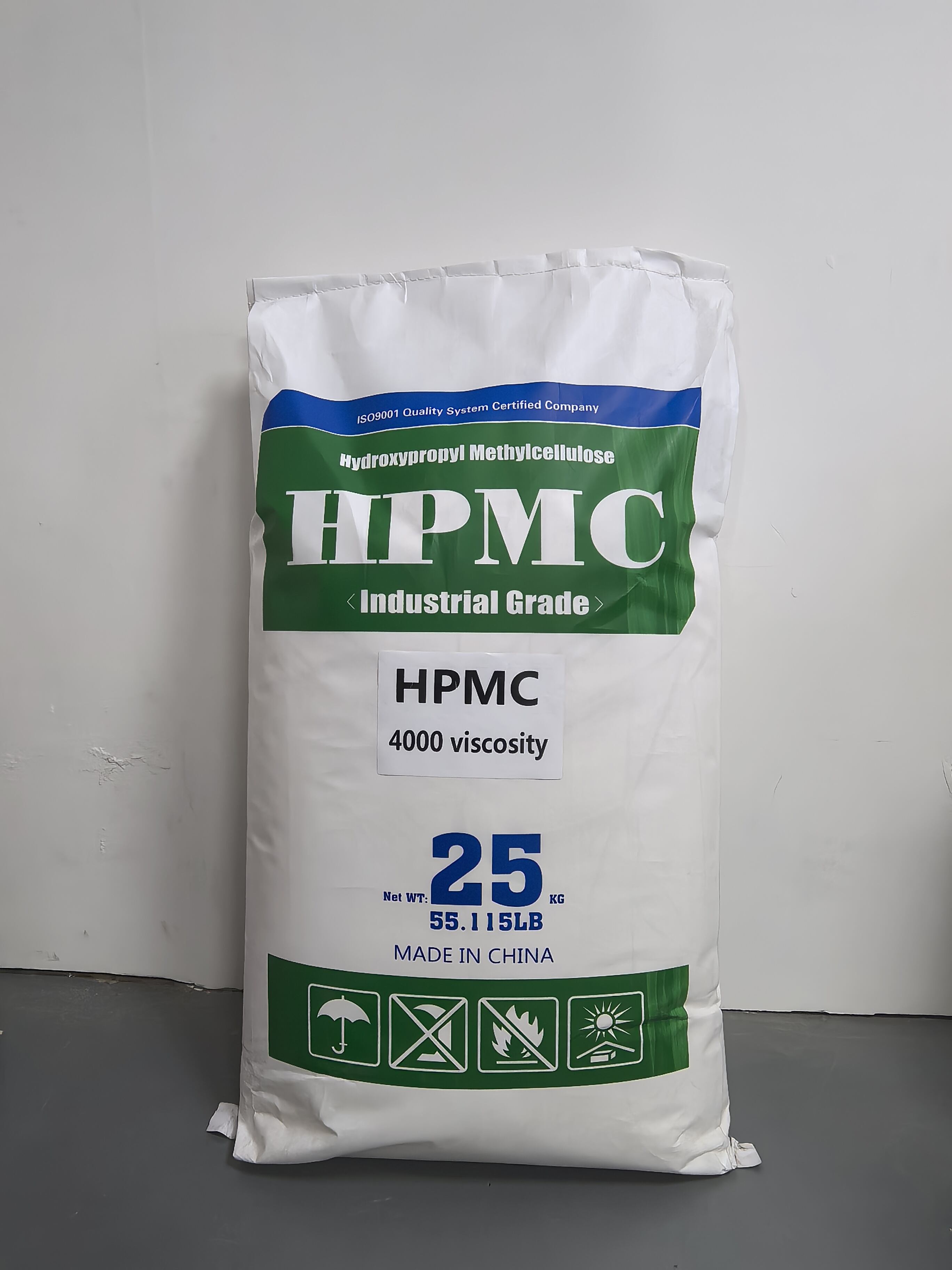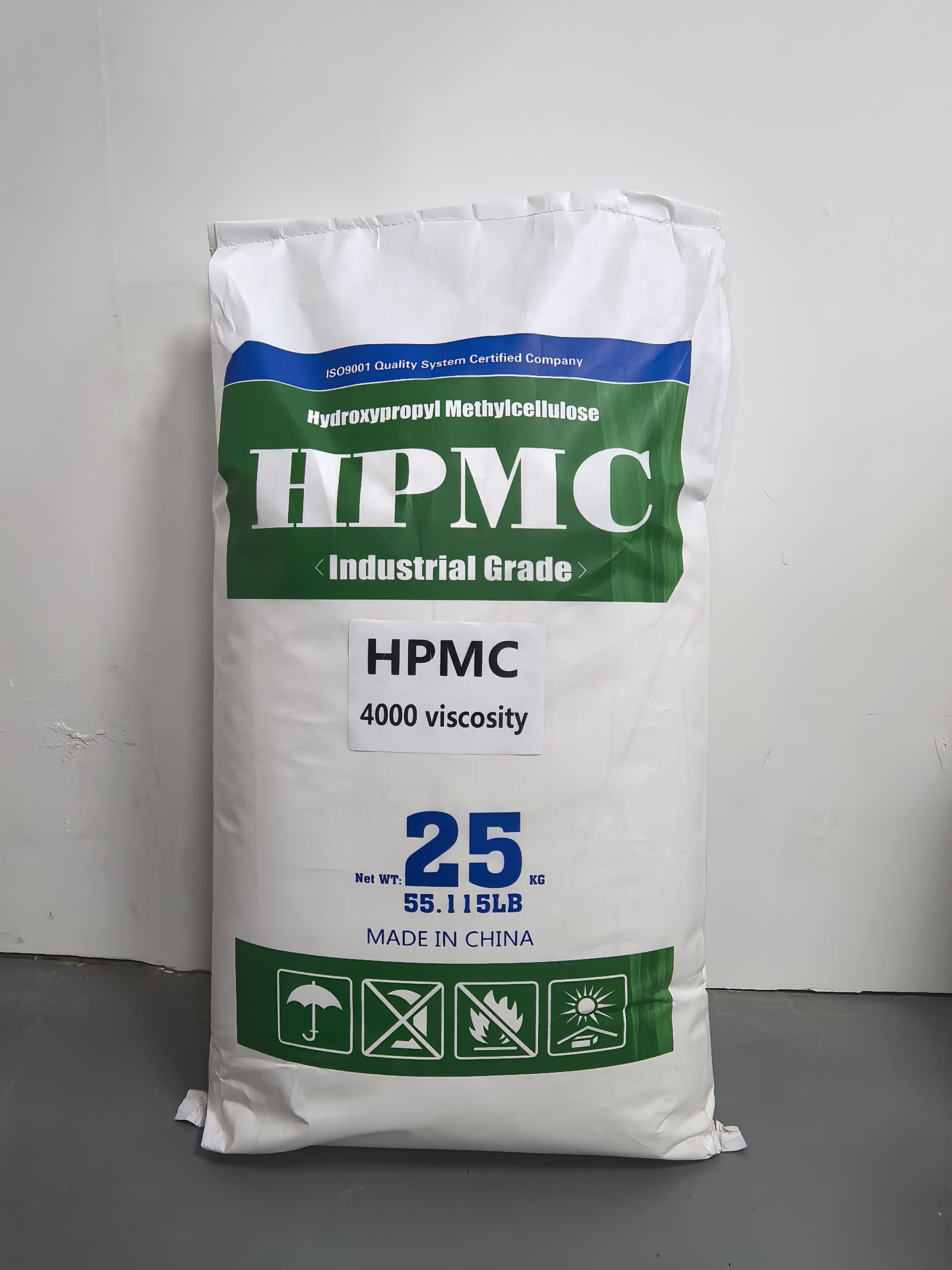hpmc price
HPMC (Hydroxypropyl Methylcellulose) price reflects the market dynamics of this versatile chemical compound, which serves as a crucial ingredient across various industries. The pricing structure typically varies based on factors such as grade quality, viscosity specifications, and market demand. HPMC functions as an essential binding agent, thickener, and stabilizer in construction materials, pharmaceuticals, and food products. The current market sees HPMC prices ranging from $3 to $8 per kilogram, depending on purity levels and application requirements. Its technological features include excellent film-forming capabilities, thermal gelation properties, and superior water retention characteristics. In construction applications, HPMC enhances cement-based materials' workability and water retention. For pharmaceutical applications, it serves as a controlled-release agent in drug formulations, while in food products, it acts as a thickening agent and emulsion stabilizer. The price point reflects manufacturing processes that ensure consistent quality, meeting stringent industry standards and regulatory requirements. Market analysts observe that HPMC pricing remains relatively stable due to established manufacturing capabilities and steady demand across multiple sectors.


